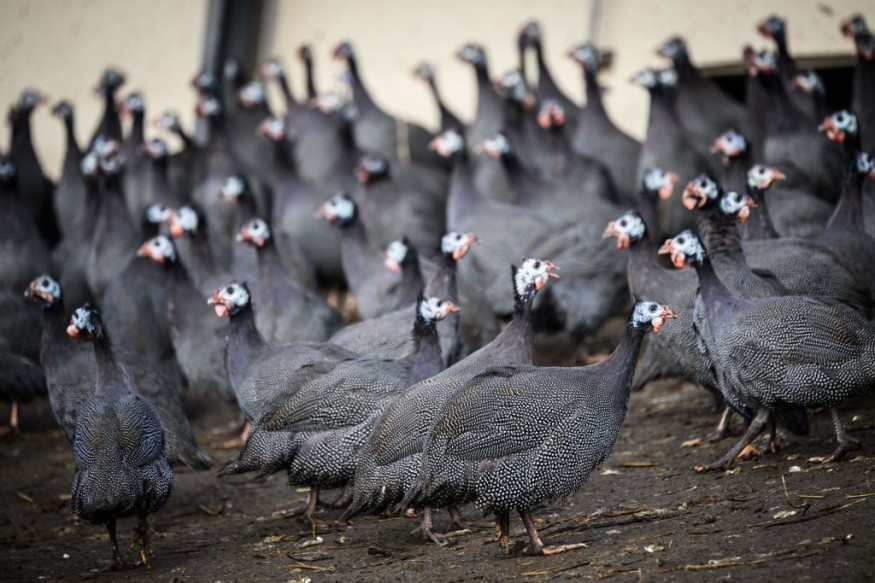The global bird flu outbreak as seen over the past two years has become the world's deadliest flu outbreak in history, as well as the largest one, according to reports.
As it reaches unprecedented global reach, the spreading pathogen shows no sign of slowing down, which has killed millions of birds worldwide, including in the United States and the United Kingdom.
Latest Global Bird Flu Outbreak

Record-breaking death toll of birds infected with the flu has been reported in different parts of the world, including in Japan where officials planned to cull over 10 million chickens at risk of exposure to the deadly virus.
In the US, more states have reported cases of bird flu with almost 58 million poultry infected as of January 2023, according to a report by France 24 news.
Majority of infected birds are killed since they can also pose a threat to the larger society, through their meat and eggs, which can be sold and consumed by consumers in the market.
With this, scientists, wildlife advocates, and legislators are planning to create new solutions to address the global pandemic affecting birds.
What is Bird Flu?
The avian influenza, also called bird flu, pertains to the disease caused by the infection of avian (bird) influenza (flu) Type A viruses amongst different bird species.
These viruses, in particular, naturally spread to wild aquatic birds worldwide, infecting domestic poultry, as well as other bird and animal species, according to the Centers for Disease Control and Prevention (CDC).
In the past, there have been cases of zoonotic transmissions or human to animal transmission of the disease, even if bird flue viruses do not normally infect us, the CDC said.
In the 21st century, related outbreaks have been reported from 2003 to 2005 in Africa, the Middle East, and Europe.
Other cases were also seen from 2014 to 2015.
Avian Influenza Virus
The World Health Organization (WHO) also confirms humans can be infected with diseases from different pathogens like avian, swine (pig), and other zoonotic influenza viruses.
For bird flu, the avian influenza virus has the following subtypes: A(H5N1), A(H7N9), and A(H9N2).
Meanwhile, the swine influenza virus subtypes: A(H5N1), A(H1N2), and A(H3N2).
The different virus variation types is a result of mutations and zoonosis transmission or animal to animal transmission.
In the ones mentioned above, said pathogen can be found not only in birds but also in pigs, especially those animals in the poultry sector.
In the case of Homo sapiens, the WHO said human infections are mainly acquired through direct physical contact with infected animals or contaminated environments.
However, the viruses are not able to sustain transmission among humans.
Bird Flu Symptoms
According to the WHO, the following symptoms may occur in humans during avian, swine, and other zoonotic influenza virus infections:
- Fever
- Cough
- Pneumonia
- Sepsis
- Acute respiratory distress syndrome
- Conjunctivitis
- Gastrointestinal symptoms
- Encephalitis
- Encephalopathy
If left untreated, the infection can result in health complications, disability, or even death among humans.
The WHO isdued its Avian Influenza Weekly Update Number 877 report on January 6, stating that from January 2003 to 25 November 2022, there have been 868 cases of avian influenza A(H5N1) virus recorded from 21 countries.
Out of these cases, 457 people died.
© 2025 NatureWorldNews.com All rights reserved. Do not reproduce without permission.





